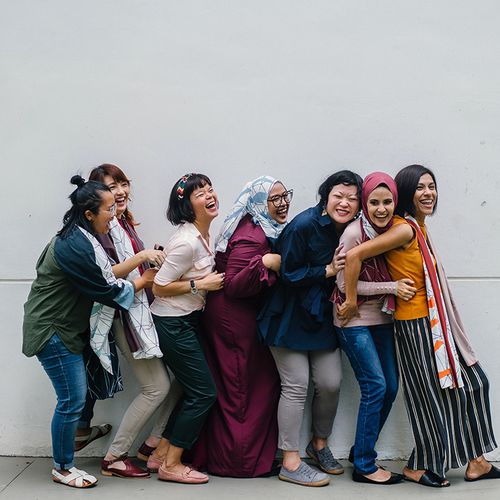After hearing about film star Angelina Jolie's double mastectomy, a growing number of US women now say they may ask their doctors whether the same preventive measure is right for them, according to a Harris Interactive/HealthDay poll.
The survey of nearly 1,100 US women found that almost all women (86%) had heard of Jolie's double mastectomy. And 5% of those women said they would seek medical advice on having a preventive mastectomy or ovary removal because of Jolie's decision.
That may seem like a small percentage, but it translates to about 6 million women nationwide, noted Harris Poll chairman Humphrey Taylor.
Back in May 2013, Jolie announced that she had undergone a double mastectomy and also planned to have her ovaries removed, after learning that she carried a gene mutation linked to breast and ovarian cancers.
Jolie, 38, carries a mutation in a gene called BRCA1. According to the American Cancer Society, defects in that gene and another, called BRCA2, substantially raise a woman's lifetime risks of breast and ovarian cancers-to a roughly 60% chance of developing breast cancer, and a 15 to 40% risk of ovarian cancer.
By comparison, the average US woman has a 12% chance of being diagnosed with breast cancer over her lifetime, and only a 1.4% risk of Ovarian cancer.
Experts stress that most breast cancers are not inherited, and gene mutations mainly in the BRCA genes-account for only about 5 to 10% of all breast cancers.
And while many women in the new survey might have been interested in BRCA gene testing, most do not need it, experts said (see page 60 for more information).
"Genetic testing is only recommended for women at high risk," said Debbie Saslow, PhD, director of breast and gynecologic cancer for the American Cancer Society in Atlanta.
"High risk" involves a number of factors, Dr. Saslow said, including the age at which relatives were diagnosed.
For example, "if your grandmother was diagnosed with breast cancer at the age of 70, that's not a reason to have genetic testing," she said.
Certain other family history patterns, though, are linked to a higher risk of carrying a cancerlinked BRCA mutation. Some of those include having two first-degree relatives with breast cancer, one of whom was diagnosed at age 50 or younger, a first-degree relative with cancer in both breasts; or two or more relatives with Ovarian cancer at any age.
Your doctor, Dr. Saslow said, should take a thorough family history-which means you need to know about any breast or ovarian cancers on both sides of your family. If that raises a red flag, your doctor should refer you to a genetic counselor to see if BRCA testing is a good idea, Dr. Saslow said.
